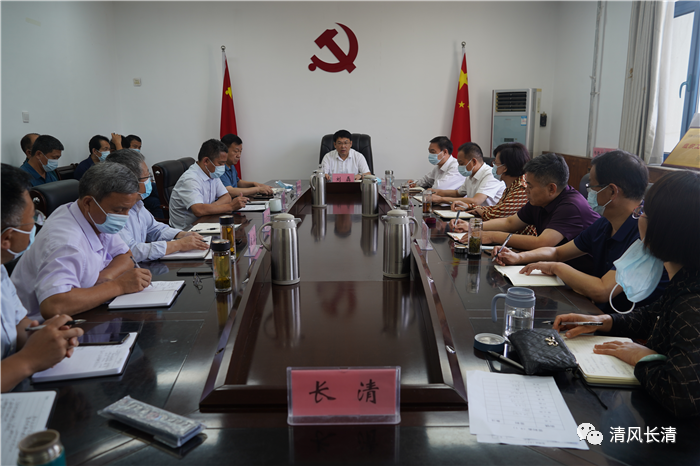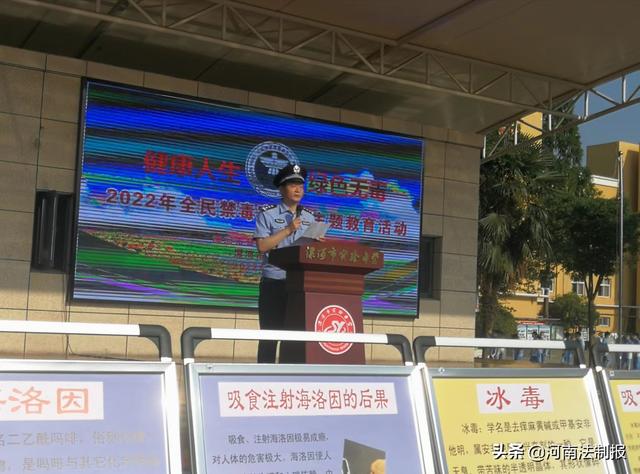Inner Mongolia: Focus on the "five batches" to strengthen employment assistance
Author:Human Resources and Social Sec Time:2022.09.15

Since the beginning of this year, the human resources and social security departments at all levels of Inner Mongolia Autonomous Region have seriously promoted the employment of stable poverty alleviation people, resolutely implement the overall requirements of the "four non -picking", and ensure that policy guarantee, capital investment, work force, and service measures are "four stables". Focus on the "five batches" to continue to increase employment opportunities for poverty alleviation, and the wage income of poverty alleviation is increasing.
01
Strengthen labor cooperation output of a batch
Further improve the labor cooperation mechanism across provinces and provinces, build a labor collaborative information platform, and strengthen the effective docking of output and input -input local personnel. Focus on the promotion of Beijing -Mongolian labor cooperation, give full play to the advantages of Beijing assistance and local resources, actively build new employment growth points, and drive the people to get rid of poverty alleviation and transfer employment nearby. As of the end of July, through Beijing -Meng Mongolian labor cooperation, it helped the labor force in rural pastoral areas to achieve 54,600 employment, of which 38,800 people were transferred to poverty alleviation; 3113 employed people went to Beijing, of which 1529 were employed in Beijing.
02
Upgrade the help workshop to absorb a batch
Formulate and introduce the "Administrative Measures for Employment Assistance Workshop in Inner Mongolia Autonomous Region" to fully tap local resource advantages and characteristic industries, support workshops with good development prospects, drive strong employment workshops to become bigger and stronger, extend the industrial chain, expand the scale of production, and provide more people with poverty alleviation population. There are more, more stable, and higher -quality employment opportunities. As of the end of July, the district's employment assistance workshop started 207 to absorb 2,773 people in poverty alleviation; focusing on helping Qi County's employment assistance workshop to start 504 employment, of which 559 were out of poverty.
03
A batch of development engineering project organizations
In close combination of major actions such as rural construction and rural human living environment, we will vigorously promote the use of work generation models, increase the proportion of labor remuneration, and achieve dual improvement of employment income and rural development.
04
Support to return home to start a batch
Continue to promote the healthy development of entrepreneurship in poverty alleviation, strengthen the construction of home entrepreneurial parks and entrepreneurial incubation bases, optimize entrepreneurial services, implement entrepreneurial support policies, cultivate a group of leaders of wealth, and promote employment by entrepreneurship. In the first half of the year, 53 farmers and herdsmen returned to the entrepreneurial park (incubation base), and issued a total of 145 million yuan in entrepreneurial guarantee loans, supported 827 entrepreneurs, and drove 1,630 employment.
05
Coordinate a batch of rural public welfare positions
Formulate and introduce the "Measures for the Development and Management of Rural Public Welfare Jobs in the Inner Mongolia Autonomous Region", and support the needs of localities to combine the needs of human settlement environmental improvement, rural construction, rural governance and other needs, and to expand the scale of rural public welfare positions in an orderly manner. Adhere to the principle of "one person and one position, the job is suitable", give priority to resettlement of weak labor and semi -labor poverty alleviation labor, and ensure the stable employment and income of poverty alleviation labor. As of the end of July, the employment of poverty alleviation in public welfare positions in the region was 22,900.
Source: China Government Network
Editor in this issue: Wang Yao
- END -
The Discipline Inspection Commission of Changqing District adheres to the integration of safety work and review and investigation, and strictly implements the spirit of the city's safety work conference

After the video conference on September 1, Jinan City's review and investigation s...
The anti -drug detachment of Luohe City Public Security Bureau launched anti -drug propaganda on campus

Henan Legal Daily reporter Xue Hua correspondent Zhang Lixia Niu TaoIn accordance ...